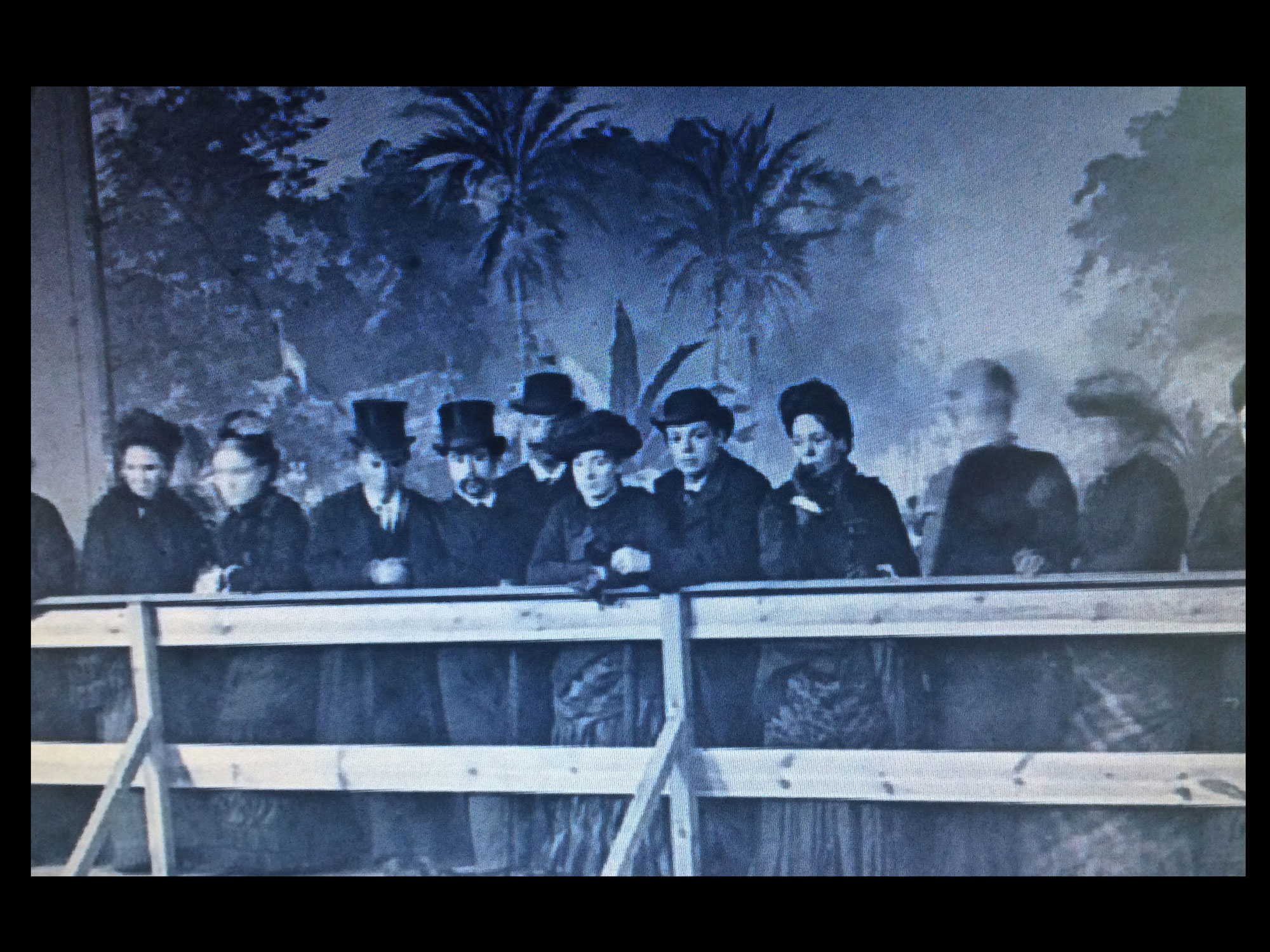For its third chapter Heterotropics presented a new lecture performance by Colombian artists Milena Bonilla and Luisa Ungar at the Rijksmuseum in Amsterdam. Conceived as a site-specific intervention, Pavilion tackles the legacy of The International Colonial and Export Exhibition (“Internationale Koloniale en Uitvoerhandel Tentoonstelling”) that took place on Amsterdam Museumplein and at the Rijksmuseum in 1883.
As the first world exposition with an official colonial theme, the fair is regarded as an “event without precedent or parallel” (Bloembergen, 2006). Besides showing artefacts from the colonies, export products, and new technologies, entire dwellings from overseas were erected and inhabited by indigenous peoples, treating visitors to an encounter with the exotic. Approximately 1.5 million people from all walks of life reached the Dutch capital dressed in their best clothes to learn the “modern lesson” (Bloembergen, 2006). It was allegedly this huge popular success that prompted the immediate development of that piece of wasteland at the edges of Amsterdam into Museumplein, suggesting a continuity between colonial exhibitions, the establishment of modern art museums and the rise of mass tourism.
Taking place on the same sites of the fair’s historical materialization, Pavilion follows the spectres of colonial spectacles in a short-circuit between past and present. Sharing with the audience different traces of the fair, the artists elaborate on the documents, objects and scenarios that observers encountered while visiting the show. As it is often the case with Bonilla’s and Ungar’s collaborative performances, the lecture apparatus is hacked to question paradigms of truth and the fabrication of historical objectivity. In their enunciation the artists move in and out of fiction and factuality, reality and fabulation, complicating their respective definitions within hegemonic epistemological systems. Through a sophisticated interplay of archival research, magical thinking and fictional interpolation, Pavilion unearths the hidden tectonic patterns that connect events, effects, after effects and collective imagination beyond conventional space-time categories.
Pavilion voices a history of forgetfulness, removal and denial, in which the vestiges of the fair are rediscovered as producers of spaces, behaviors, and imagined identities.




